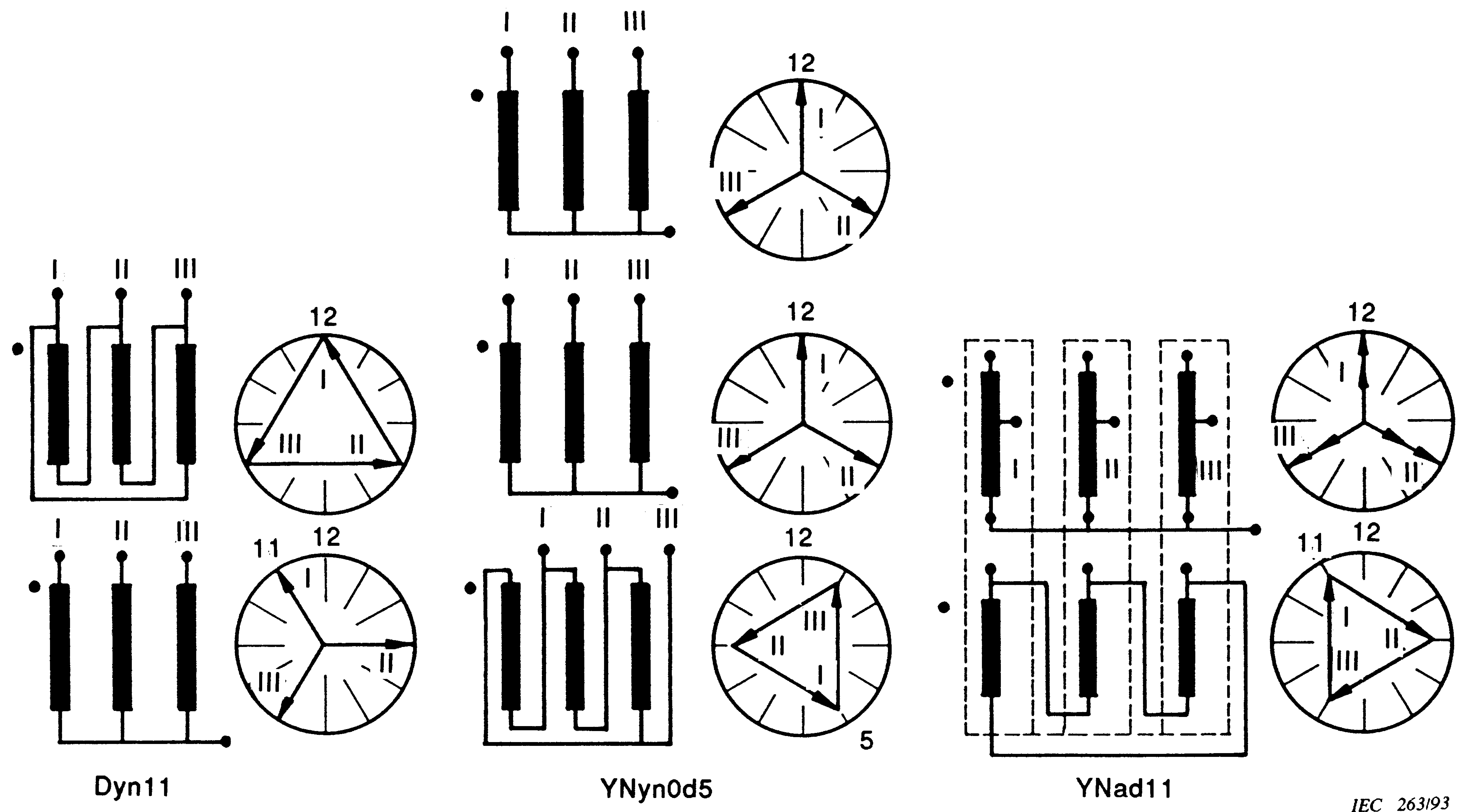Assessing the Impact of Unbalanced Loads in Distribution Systems using Unified Power Controller
Published:
Electricity distribution systems (DS) face many challenges due to increasing unbalanced loads. Uneven loading across the three phases can cause overheating of transformers, poor power quality for customers, and increased losses.
This article presents a method to analyze the effects of unbalanced loads using an open source unbalanced distribution system load flow (UDSLF) tool. The UDSLF tool models each phase separately using the Newton-Raphson method, allowing accurate assessment of unbalanced systems.
A case study is performed on the IEEE 4-bus test system. Load profiles are varied from balanced to unbalanced to observe the impacts. Key parameters like voltage unbalance ratio (Kun), active power losses, and system efficiency are calculated.
The results show that as the loading becomes more unbalanced (higher Kun), losses increase and efficiency decreases. For example, at a loading level of 0.1 pu, losses in the 4-wire system increase by 0.63 kW if Kun drops from 10% to 0.5%.
To mitigate unbalanced loading impacts, a unified power controller (UPC) is proposed. The UPC monitors the system using sensors and controls injection of reactive power to balance phase currents. It aims to keep Kun within standard limits of 1.5%.
The UPC concept and control algorithm are described. Simulation results indicate it can effectively displace the losses curve towards lower values by reducing Kun. This enhances power quality, increases transformer capacity, and lowers operating costs for distribution system operators.
In summary, this study presents a methodology to quantify the technical and economic impacts of unbalanced loads. A unified power controller is suggested as a solution to actively balance distribution systems in real-time. The presented approach and findings provide useful insights for distribution planning and operations.


